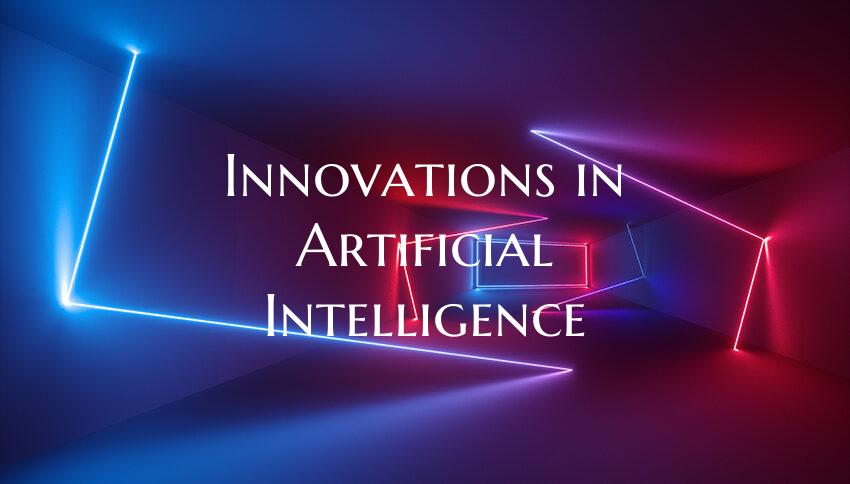Innovations in Artificial Intelligence
Introduction: Artificial Intelligence (AI) has rapidly evolved, permeating various aspects of our lives and transforming the way we live, work, and interact with technology. In recent years, groundbreaking innovations have revolutionized AI, enabling machines to perform tasks that were once thought to be exclusive to human intelligence. From self-driving cars to facial recognition technology, AI has integrated into multiple industries, propelling us into a future where intelligent machines augment human capabilities like never before.
1. Advancements in Natural Language Processing (NLP): Natural Language Processing has witnessed significant advancements in recent years, enabling machines to understand and generate human language. Innovations in NLP have powered virtual assistants like Siri and Alexa, facilitating seamless interaction between humans and machines through voice commands. Additionally, language translation services have improved drastically, breaking down communication barriers across different languages and cultures.
2. Deep Learning and Neural Networks: Deep learning, a subset of machine learning, has emerged as a game-changer in the field of AI. Neural networks, inspired by the structure of the human brain, have enabled machines to learn complex patterns and make intelligent decisions autonomously. Applications of deep learning range from image and speech recognition to medical diagnoses, where algorithms can process vast amounts of data and extract valuable insights with remarkable accuracy.
3. Generative Adversarial Networks (GANs): Generative Adversarial Networks have revolutionized the concept of AI-generated content. By pitting two neural networks against each other - a generator and a discriminator - GANs can create synthetic data, images, and even videos that are indistinguishable from real ones. This technology has found applications in digital art, video game development, and even deepfake detection, pushing the boundaries of what AI can achieve in the realm of creativity.
4. Autonomous Machines and Robotics: AI-powered autonomous machines and robotics have transformed industries such as manufacturing, agriculture, and healthcare. Robots equipped with advanced AI algorithms can perform intricate tasks with precision and efficiency, reducing human intervention and improving productivity. From self-navigating drones to automated warehouse systems, AI-driven robotics are reshaping the future of work and redefining the possibilities of human-machine collaboration.
Conclusion: The pace of innovation in Artificial Intelligence shows no signs of slowing down, with researchers and industry experts constantly pushing the boundaries of what intelligent machines can accomplish. As AI continues to evolve, ethical considerations around data privacy, algorithmic bias, and the implications of automation on the workforce become increasingly important. By staying informed about the latest developments and embracing the transformative potential of AI responsibly, we can harness its power to create a future where human ingenuity and machine intelligence coexist harmoniously.

